
Walt Disney Animation, the studio responsible for animated hits such as “Frozen” and “Wreck-It Ralph” offers up a new animated treat for us to sink our teeth into. This time, however, it hits closer to home as a blend of Southeast Asian cultures makes its way into the hearty and action-infused “Raya and The Last Dragon”.
So, has the Mouse House done it again? Have they got another hit on their hands? Let’s take a look.
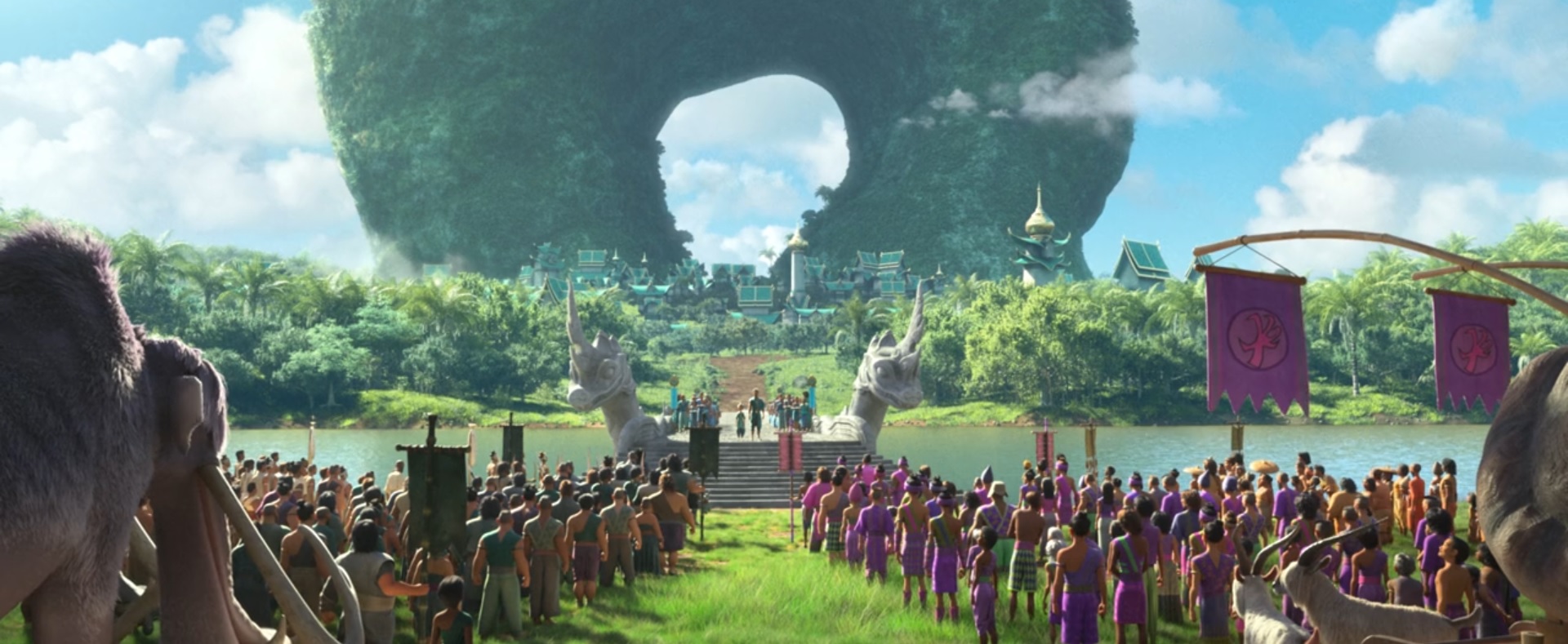
In “Raya and The Last Dragon”, audiences are introduced to the ancient world of Kumandra, where dragons and humans once lived side by side in peace. The lush and prosper of the land was not to last as a multitude of Druun, a mindless plague of evil hell-bent on petrifying Kumandra and its inhabitants, attacked. Only the dragons, beings with mystical abilities, were capable of stopping the Druun. When all hope had faded, the last pieces of dragon magic came together to form a white orb, effectively repelling the Druun and saving the day, at a monumental cost.
But o’ the folly of mankind. With the orb containing power, and the last of the dragons missing, a ravenous lust overcame Kumandra and its people. Subsequently, five distinct nations: Tail, Talon, Spine, Fang, and Heart arose from the infighting, with the latter safeguarding the orb in a stone temple.
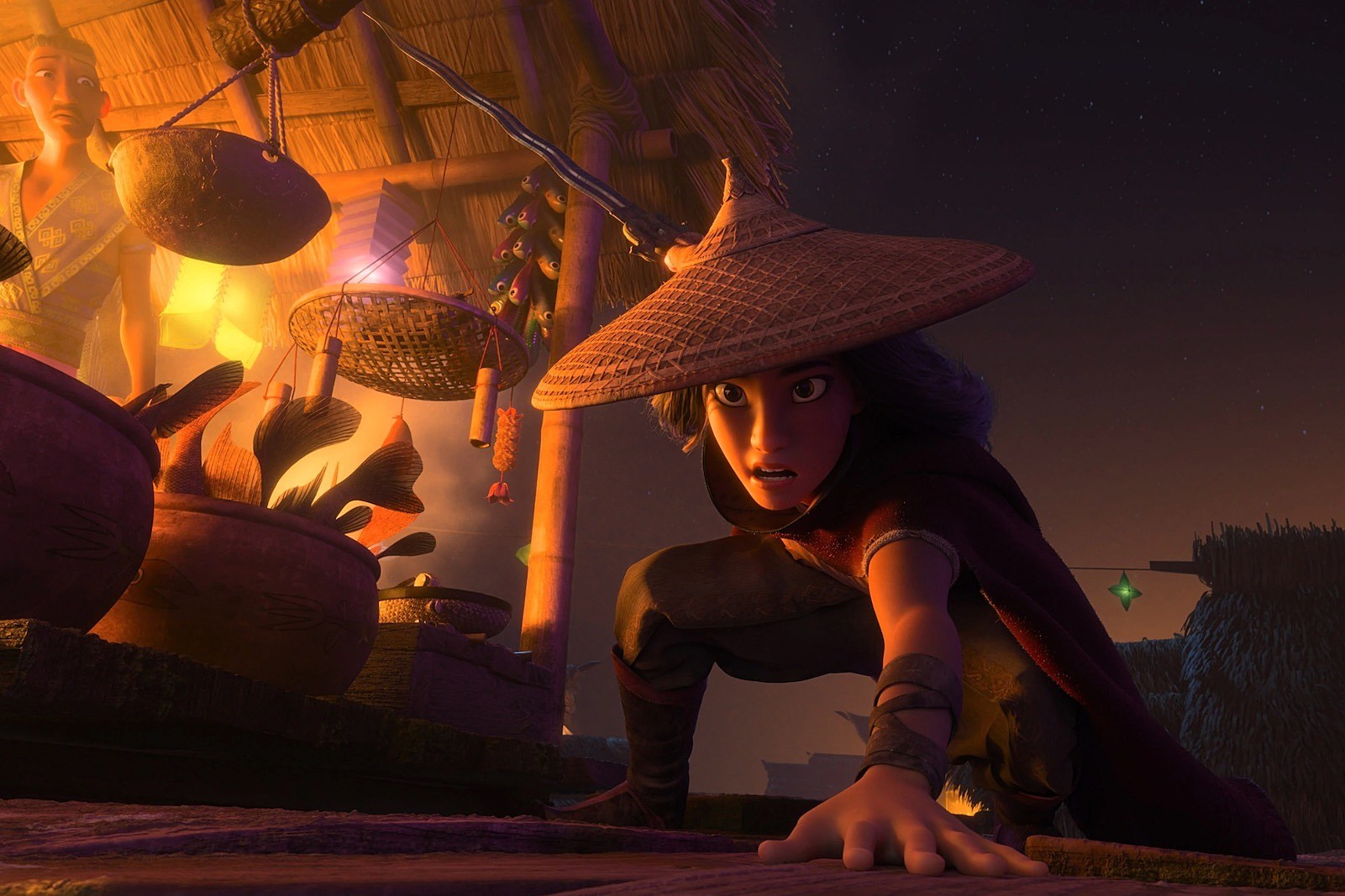
500 years passed and the land was still divided. All that was about to change with the arrival of Raya, a young princess from the kingdom of Heart who goes on a quest across the land to find the legendary last dragon, Sisudatu, who holds the key to uniting the lands and banishing the Druun once more.
Well, well, well. If that does not that sound like a riff on the opening credits of “The Last Airbender”, we don’t know what is. Indeed, one could easily draw parallels between the world of Kumandra and the beloved Nickelodeon franchise. Divided nations with distinguished ideologies. Mythical creatures that appear to be an amalgamation of real-life fauna. Glazes of martial arts combat. While the overlap here is noteworthy, “Raya” is in no way a carbon copy of said animated property and maintains its own bestial form.
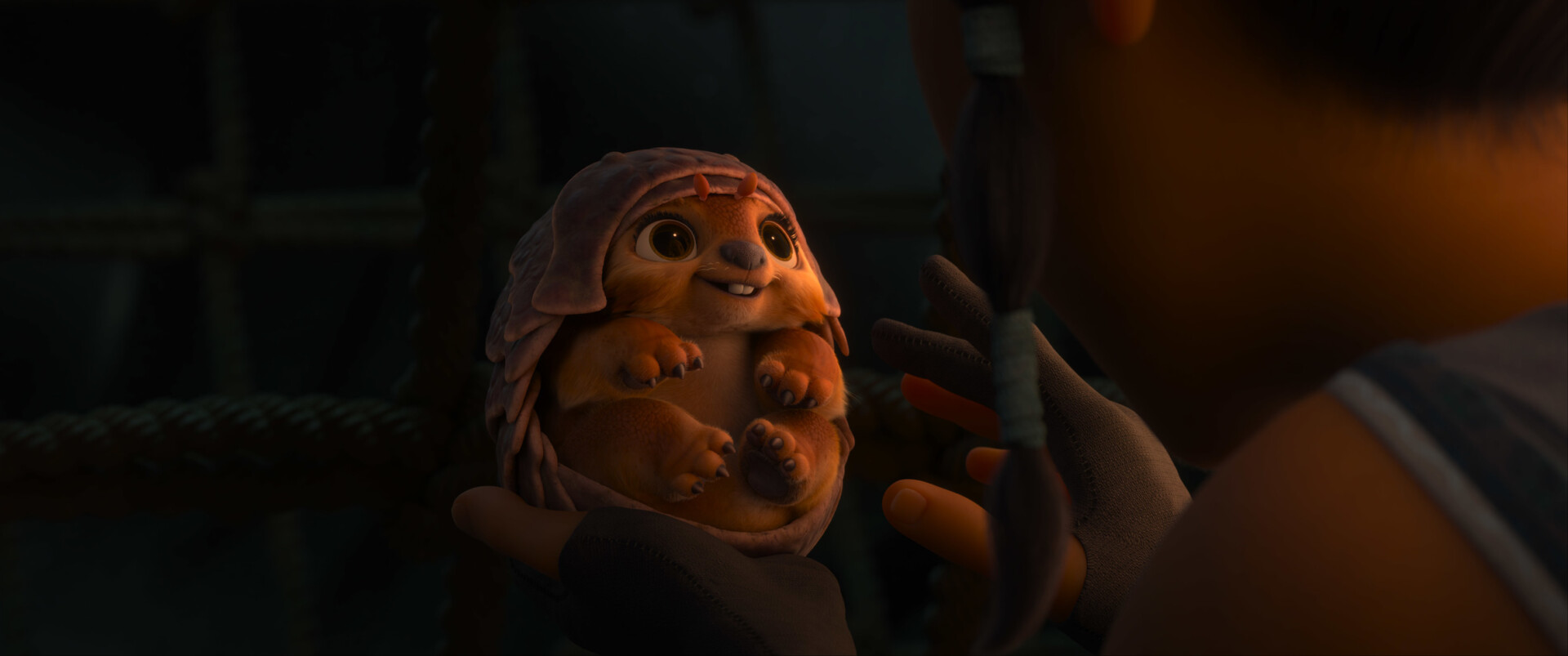
We applaud the studio for doing wonders with their characters in the past decade, adding layers and depth to their being instead of hollow eggshells – which were fine for its time, don’t get us wrong, but the I-want-it-I-got-it fantasy in “Snow White” or “Cinderella” doesn’t exactly hold up in the modern sense. To put things in perspective, the narrative of Elsa and Anna in “Frozen” brought about a new wave of independence with regard to its female leads like never before. The trope of having its princesses be nothing but one-note guy-getters, hell-nah. Instead, royalty has evolved into accessible vessels, owning the ability to be independent, grieve accordingly, and love (be it romantic, platonic, or sibling-like).
Like her predecessors before her, Raya (Kelly Marie Tran) plays the role of the flawed hero. Having lost her father and sole-mentor figure, Chief Benja (Daniel Dae Kim), to the Druun when she was still a preteen meant that she had to traverse through five years of hurt while on her noble quest to get her father back. Even when the gears begin to turn and things eventually started to go her way, the plethora of issues rooted within her essence counteractively plagued the mission. To her, the only way forward was to not place her trust in people. The scars from a betrayal that caused the loss of her father during the start of the film lingered on in her mind.
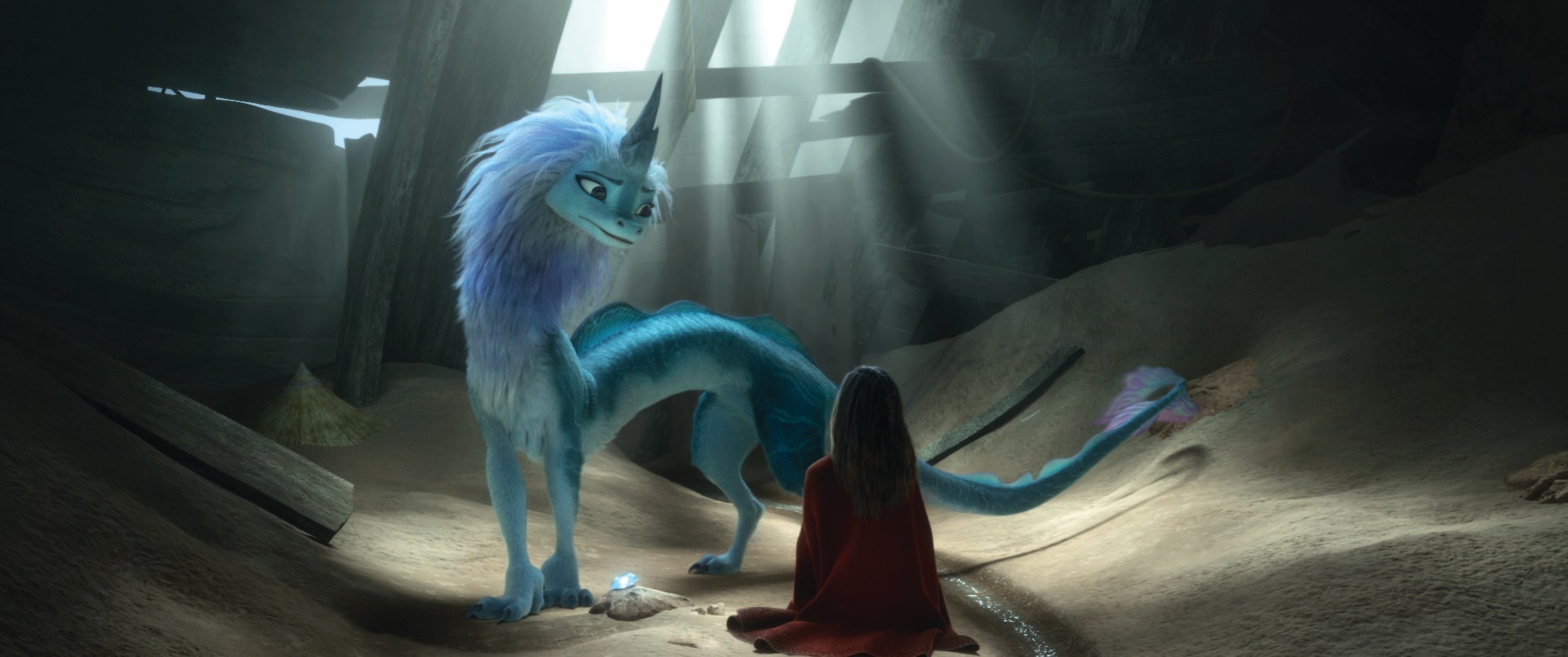
Now, there are two adjacent characters who provide a great dynamic with Raya due to their contrasting viewpoints and essences.
First up, let’s discuss the entity that is aligned with Raya. Sisu, voiced by a hilariously enthusiastic Awkwafina, is the last dragon in all of Kumandra. Now, despite having lost her entire species/siblings to the Druun, Sisu’s outlook of the world contradicts that of Raya’s in which she places her faith in people. Her amusing charm resonates on the screen with a certain naivety as she herself is not aware of the dangers of, simply put, trusting strangers. Tons of her goofy personality is played off for laughs, as there is a running gag of her intending to achieve a goal by granting the opposite party a gift (seriously, that had us chuckling on the floor, rolling on our bellies the entire time).
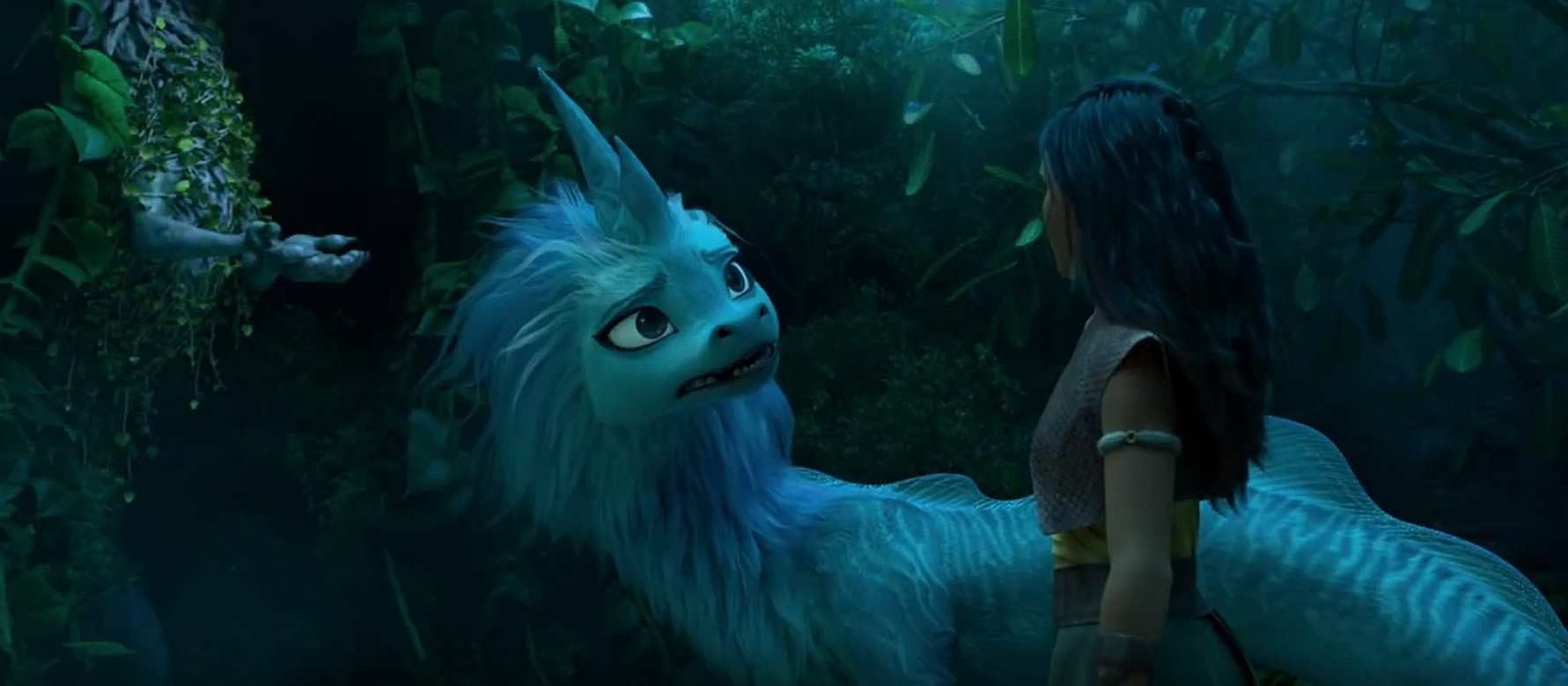
In some ways, “Raya and The Last Dragon” bounces off this aspect, giving Raya and Sisu equal opportunities to prove their cases, some for gags, some with more solemn implications. Over the course of the film, Sisu gets captured and blindsided in more ways than one, and she acknowledges that, stunned at what humans are capable of. Likewise, the streetsmart Raya falters into the very same snares with regards to her own notions. It’s poetry in a manner unlike any other whereby we see the flaws of both sides, but we see why they work.
On the other hand of the spectrum lies the relative villain of this story, Namaari, princess of Fang. She’s the Iscariot who shoved Raya to her lowest point, arguably prompting the inner rift in our title character and bringing all of Kumandra into doom and gloom. Nevertheless, there may be a misconstrued conception. She, along with Fang’s ruler, intend to fight for all of Kumandra, to unite the nations under one roof. There’s a saviour complex to Namaari, which has noble intentions but is also very flawed.
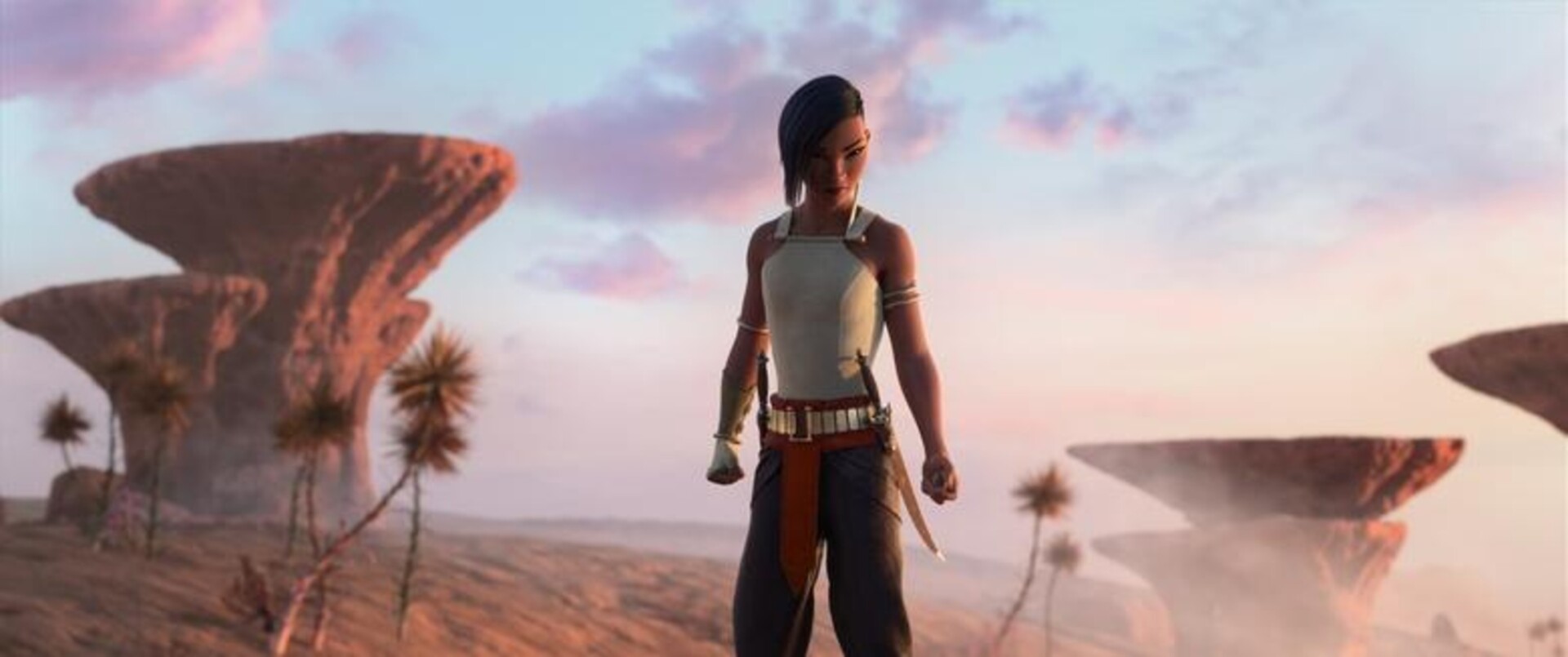
So, over here we have this triad of personalities that clash, flinting and sparking till we get to our climax which melds everything down to one single theme that is…
Trust.
“Trust”. The word is spewed countless times throughout the course of the narrative. “Trust”. It’s something the isolationist would shy away from. And that’s what “Raya” attempts to bestow upon its viewers, young and old. There is beauty in placing our faith in our community. There is a great virtue in letting go even if we do not know whether things will work out the way we intend them to be. But we have to try, we have to believe that others will keep up a good fight, or to do the right thing.
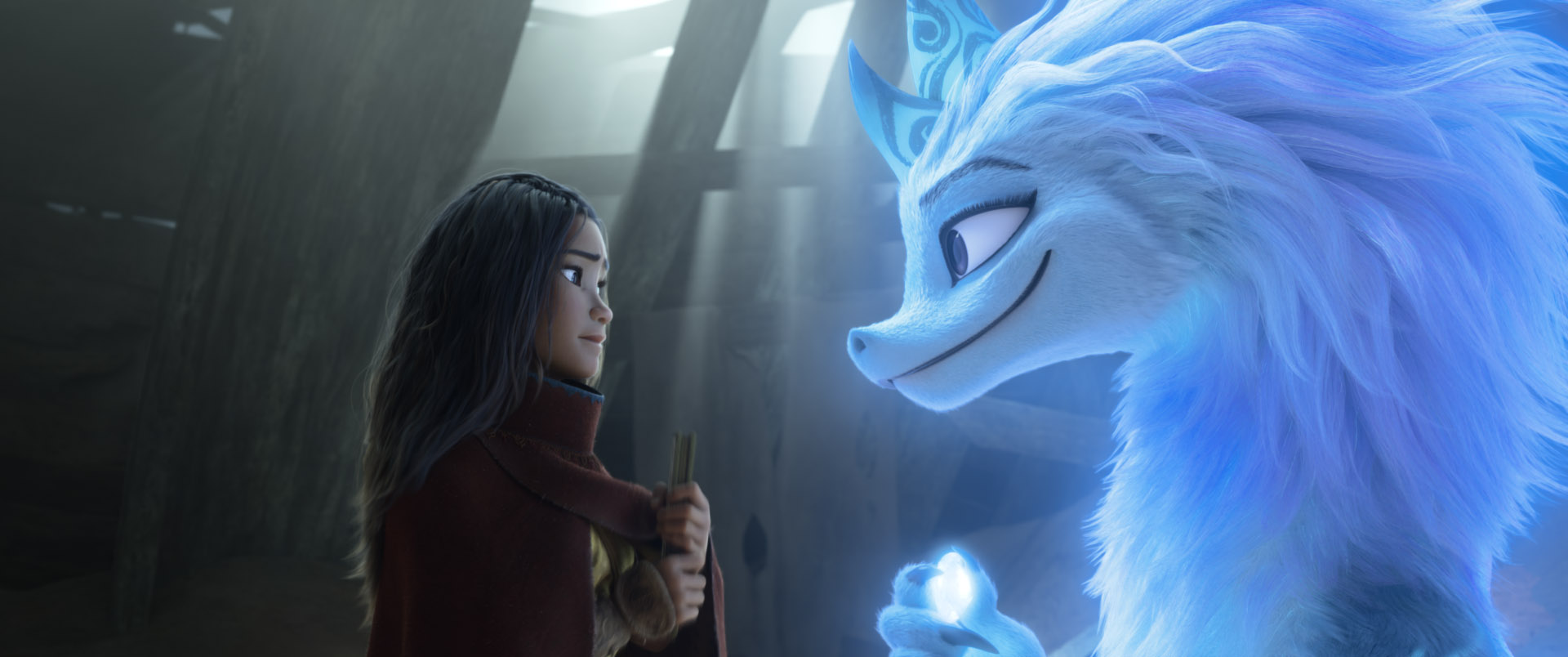
As much as trust is given much emphasis within the story, Adele Lim and Qui Nguyen’s script is not foolproof. As a matter of fact, it tends to doubt its audience more often than not. This is a glaring concern throughout “Raya” whereby the dialogue or giant title cards end up being exposition-heavy, retreading the same path over and over till we got our heads pounded in over who’s who, where’s where and what the state of Kumandra is like over and over again. This was a really odd choice to go for considering the depth and emphasis on trust that was deposited into the characters.
Besides, it might also seem very template-based as the pace does run pretty quickly in here. Despite multiple breathing spaces, the MacGuffins in this film are literally snapped up in the blink of an eye. It’s not exactly too big of a problem as the aforementioned sequences can be hilarious for some but we truly wish the script had allowed for more of a conflict rather than resorting to convenient get-away circumstances just to get our viewers to where the heroes had to be by the climax.
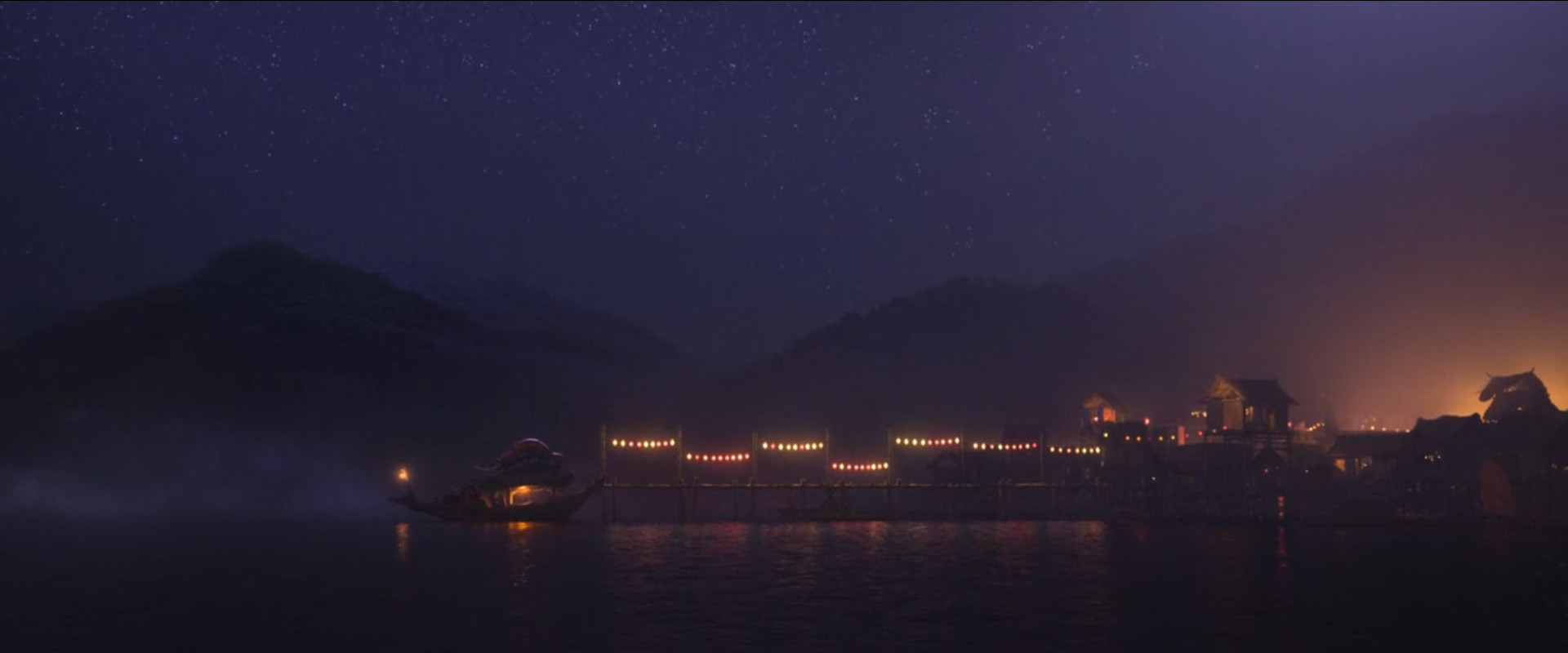
Now, onward to the technicalities of the film, simply put, it is a gorgeous sight. Now, if you’re living in or have visited the various landscapes of Southeast Asia, you’ll be familiar with the humid tropical weather. That aspect is so well adapted here with the textures of the forests, fogs and rivers being picturesque captures, brought to life on the big screen. Scenes like these, accompanied by James Newton Howard’s gamelan infused score, were sights to behold.
Besides, the design department did not mess around when it came to getting all sorts of Southeast Asian cultural details out there. From the opening scene itself, we are given an expository treat of a vivid ‘wayang kulit’ display. Some of the structures were very reminiscent of Minangkabau architecture. Of course, there were liberties with how they managed the designs of the garb and cultural practices of the people of Kumandra, but it was all done in a respectful manner, which we can agree that we are pleased about.
Oh, and the scenes with food? Just feast your eyes. Layer cakes, mangosteens, broth akin to tom yum, shrimp paste, dragon fruits, and that delectable, sweet, heavenly satay. Mmm mmm (smacks lips*).

God, Disney. Why’d you gotta make that tummy rumble? We had to resist every to urge to reach out to the screen for a bite because damn, they just look good. Okay. Now, we’re hungry.
Another aspect to be praised is the fight choreography. “Raya” features a number of kinetic action-packed battles which were top notch. There’s a mix of Silat and Muay Thai involved, which gave rise to fast-paced hand to hand combat along with the use of distinctive weapons such as Raya’s keris.
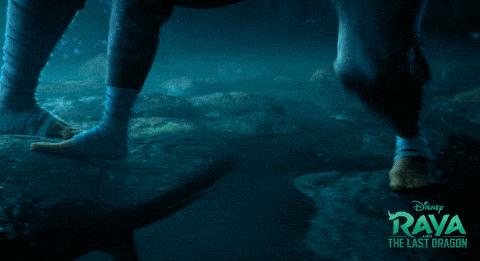
“Raya and The Last Dragon” takes all our appreciation, unquestionably, for bringing cultures close to our heart and the traditionality we grew up with to the big screen. A love-letter to Southeast Asia, “Raya” is. It maintains its charm with compelling characters, cute tots and critters, and a blend of humour which landed quite well. Although we certainly wish it could have bent the formula and resorted to trusting its audience no matter the age, “Raya” still gave us one fun visual feast for the eyes.
No doubt, with “Raya”, we certainly hope that the Westernised view of perceiving Asians only as Oriental have now been quashed. If it has, Disney’s latest is already a winner. Understanding the world one step at a time is important and if “Moana” and “Raya” can tell unique tales with respect to the regions they were inspired from, what’s there to say that we won’t see other cultures get the limelight?
Now, if you’ll excuse us, we’re gonna head out and grab some satay.
Disney’s “Raya and The Last Dragon” is currently playing in cinemas nationwide.
The Review
"Raya and The Last Dragon" Review
"Raya and The Last Dragon" is a formulaic outing with regards to its storytelling but manages to imbue all sorts of charm, drama, and wit into its essence to weave a colourful South-East Asian cultural tapestry.
Review Breakdown
- "Raya and The Last Dragon" Review
The post “Raya and The Last Dragon” Review: Disney’s Latest Is A Beautiful And Charming Cultural Spotlight On Southeast Asia appeared first on Hype Malaysia.
0 Comments